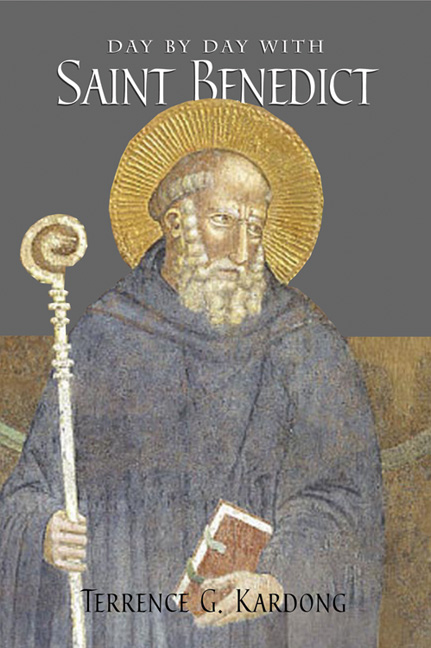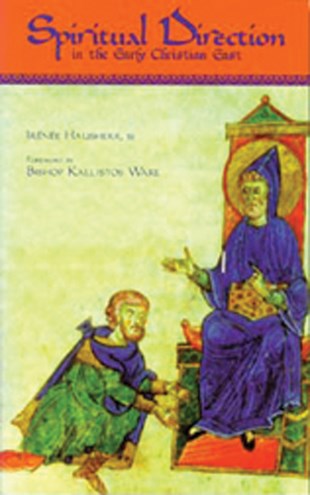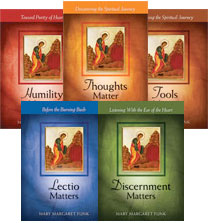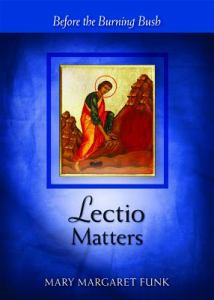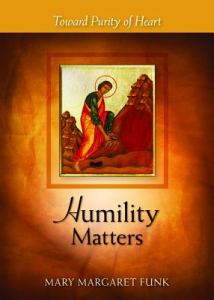Emily M. DeArdo was diagnosed with cystic fibrosis at eleven, so she knows what it’s like to live with a keen awareness of her own mortality. She draws on the medieval practice of memento mori, “remember you must die,” and shares her personal story with unique and compelling insight into the meaning of Christian life and death. Using the Stations of the Cross as a framework, DeArdo leads you to trust in God’s providence as you confront suffering and death and develop enduring spiritual strength and courage along the way.
Sr. Theresa Aletheia Noble, F.S.P., kicked off a rediscovery of memento mori on social media when she began tweeting about #mementomori and what it’s like living with a plastic skull on her desk. Emily DeArdo said the practice caught on with millennials like her who are searching for what’s real, true, and lasting in life. Trying to find the answer to “is this all there is?” often leads to thinking about death and what happens afterward, she noted.
In Living Memento mori, DeArdo shares the insight she has gained from living her life on the precipice of death: a willingness to embrace the Cross of Christ can transform the pain and loss we all inevitably experience into a source of spiritual growth. DeArdo shows you how even a life of considerable suffering can be full of joy, hope, and peace.
DeArdo’s life and reflections on mortality give a fresh voice to the traditional themes found in the Stations of the Cross. She offers you the courage to face your own suffering and concerns about death and to follow Jesus wherever he leads. You will discover:
-how memento mori can help you live a deeper spiritual life
-how to unite your sufferings with those of Jesus
-what the Catholic faith teaches about the meaning of suffering
Station by station, DeArdo links her personal and spiritual journey to the suffering of Christ and shows readers how to do the same. Each chapter of Living Memento Mori begins with scripture, includes a quotation from Pope John Paul II’s Salvifici Doloris (The Christian Meaning of Human Suffering ), and closes with three questions for personal reflection or group discussion. An appendix provides readers with a guide to praying the Stations of the Cross with original meditations in the spirit of memento mori.

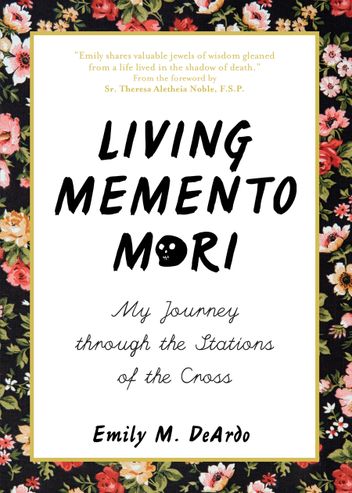
 Back
Back
